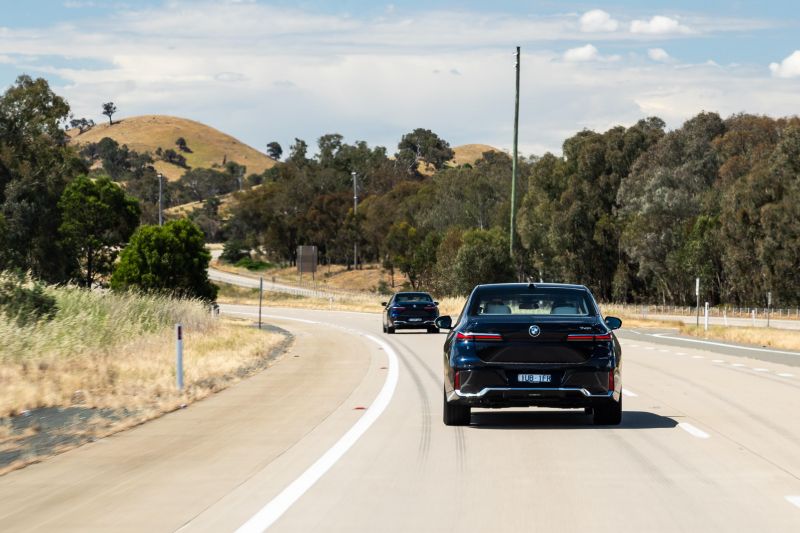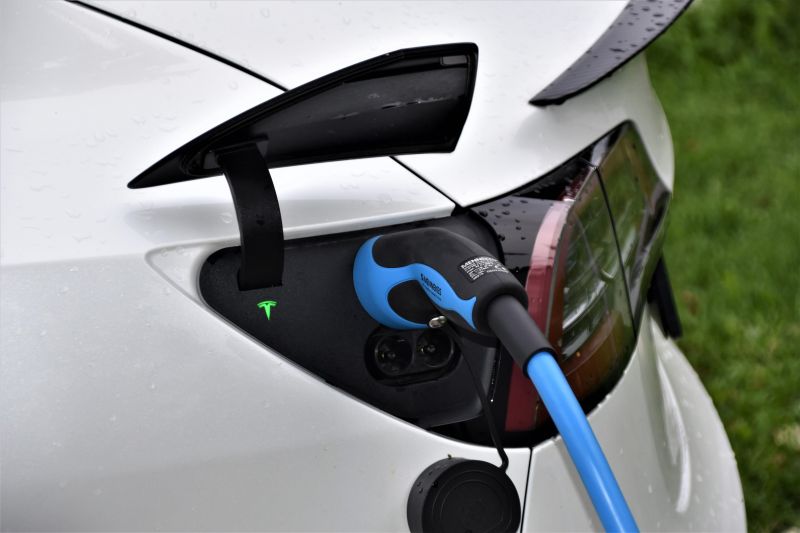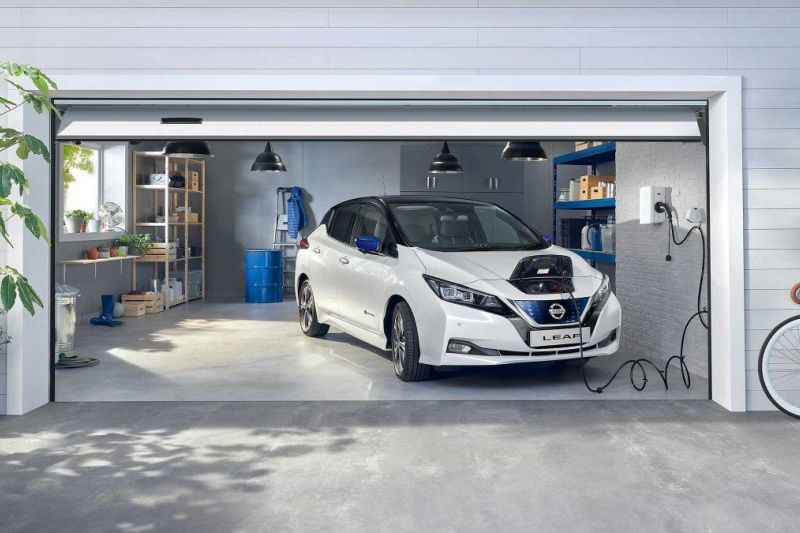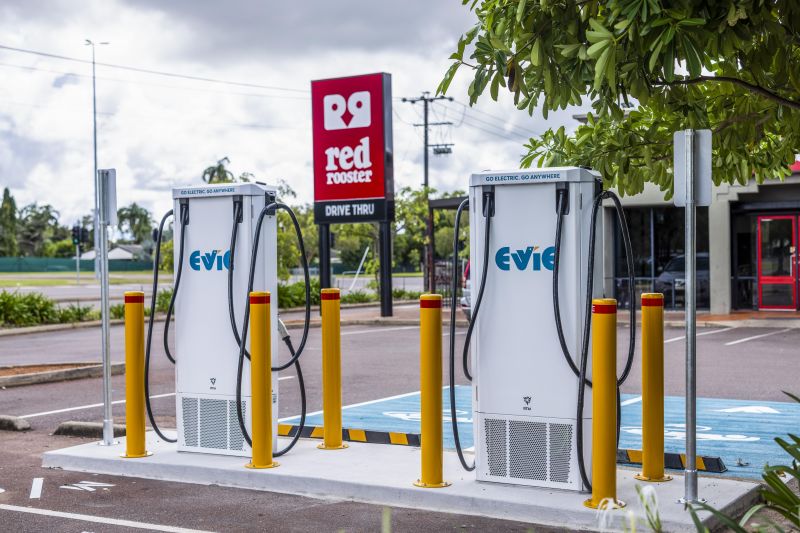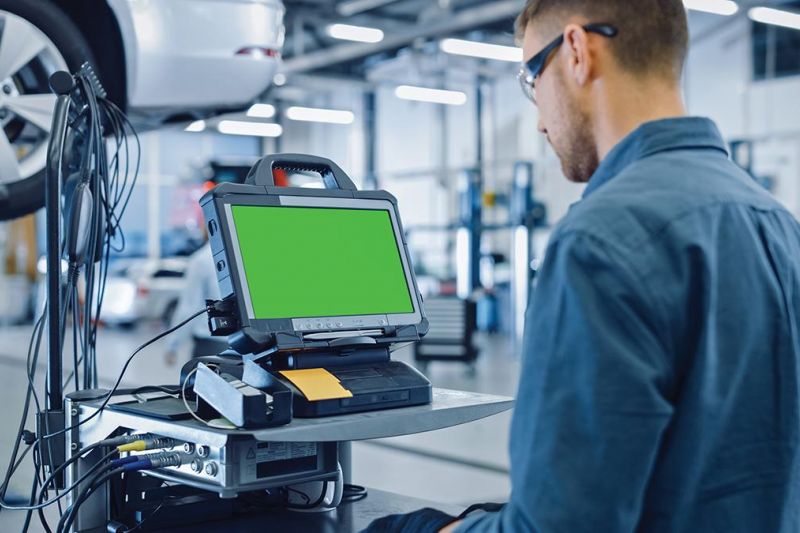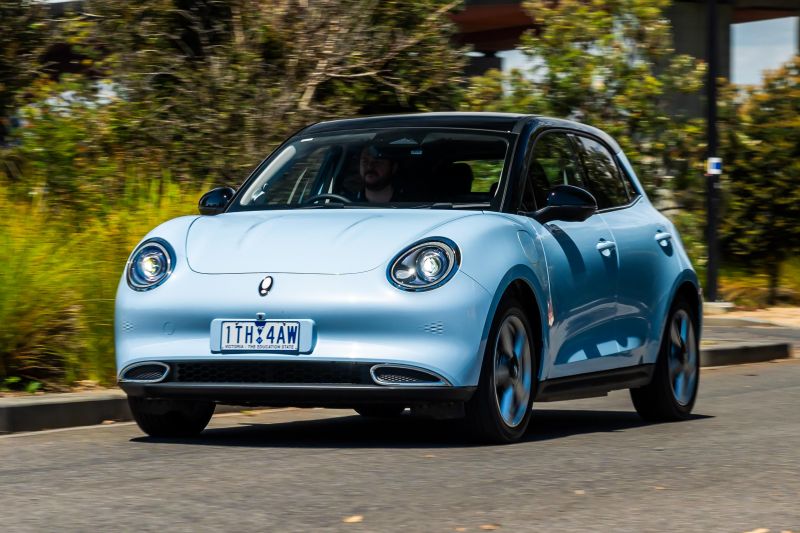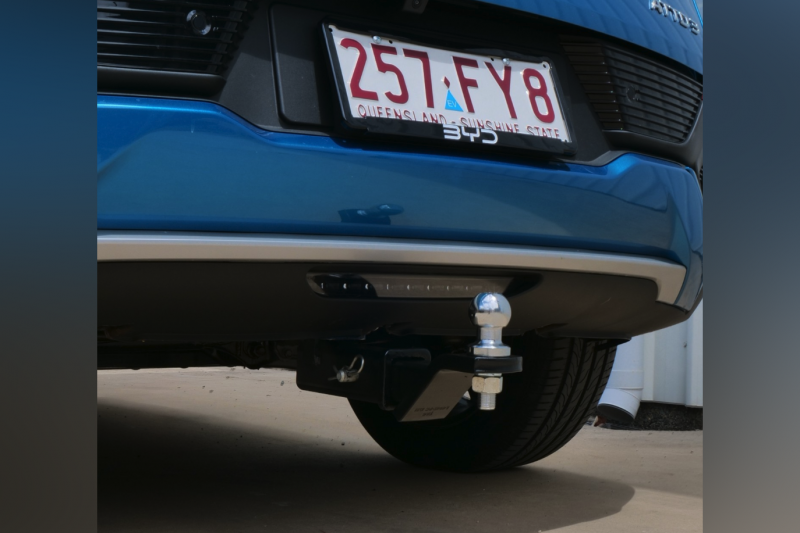Electric vehicle sales accounted for 8.3 percent of all Australian new vehicle deliveries in the first quarter of 2024, and this figure is steadily increasing compared to last year.
However, many drivers are still transitioning from gasoline-powered vehicles or don’t know where to start when it comes to purchasing their first electric vehicle (EV).
There are many considerations for people planning to make the switch, particularly when it comes to range and charging options.
So these are the questions you should ask a dealer before buying your first electric vehicle.
How far can I travel between charges?
Range anxiety, or the fear that an electric vehicle’s battery won’t be enough to handle a trip, is one of the biggest concerns for Australian car buyers considering an electric vehicle.
This was evidenced by Zing Insights’ January 2024 EV and Hybrid Vehicle report, which surveyed 2,000 Australian drivers about their current and future car buying habits. It found that 39 percent of respondents had concerns about the range of electric cars, while half had doubts about charging infrastructure.
These numbers are reflected in the trends observed by Ashley Berick, general manager of Melbourne City Hyundai.
“Most of the questions we get are about range and how charging times work,” Mr. Berick said CarExpert.
“People looking into this electric space are exploring everything, it’s a new landscape for everyone.
“But most of them are curious about the reach, what charging looks like and who they can get home charging from. These are the most common questions we get asked.”
To give the buyer peace of mind, every electric purchase process should include a discussion with the dealer about the range of the vehicle in question.
The range of modern electric vehicles varies greatly, ranging from a reported 233 km for the previous Mini Cooper Electric to 654 km for the Polestar 2 Long Range Single Motor.
For those who live in the city and use their car primarily for their daily commute, the Mini could have more than enough range. However, drivers who travel a lot will likely want an electric vehicle that can spend more time on the road and less time at a charging station.
It’s best to discuss your individual needs with the dealer so they can guide you toward an electric vehicle that fits your lifestyle.
What charging options do I have?
Once the range issue has been clarified, charging options must also be discussed.
In most cases, you have the choice of charging your electric vehicle either at home or in public, with charging speeds varying depending on the type of charger available and the vehicle’s capabilities.
AC chargers can be portable devices that plug into a regular electrical outlet. It is the slowest but easiest form of charging for anyone with a garage or regular access to a power outlet.
Faster household AC charging systems (called wallboxes) typically connect to the standard electrical grid and are a faster way to charge your electric vehicle.
Charging on a wallbox can be expensive initially as the equipment and installation is not cheap, although some brands include installation in the purchase price of the car.
On the other hand, direct current (DC) charging is the faster but more expensive way to power your electric vehicle. Most owners only use DC chargers when traveling in the car.
This type of charging is available at fast charging stations and offers faster charging speeds than AC systems. One disadvantage is that the availability of DC chargers is not guaranteed, both due to high demand, maintenance issues and supply gaps across Australia.
What further muddies the matter is that not all cars can tow cargo at the same speed. Some electric cars with high-tech 800V platforms can take a charge of up to 320kW (Porsche Taycan), meaning you can charge from zero to 80 percent in 18 minutes using the fastest public 350kW chargers.
When connected to the same charger, a Nissan Leaf can only charge 50 kW. That means it takes an hour to charge the battery from 20 to 80 percent on a 350 kW charger, even though the battery is much smaller than the Taycan’s.
There are some complexities here that don’t exist in an internal combustion engine (ICE) car. It is therefore worth speaking to the dealer about charging options and finding out which ones are best for you in terms of cost and convenience.
“We are trying to simplify the process by offering charging options as part of our online purchasing process,” Mr. Berick said.
Is charging hardware included in the purchase?
The answer to this question seems obvious, but you may be surprised to know that a charging cable is not included in the price of all electric cars.
In fact, the global electric car seller – Tesla – is one of the brands that is considering charging hardware as a paid option. It’s worth clarifying this point because portable charging cables can cost up to $500 depending on the brand you choose.
How much will it cost to operate and maintain?
In general, electric vehicles are cheaper to service and maintain than equivalent ICE alternatives, and that’s a big advantage for potential buyers.
However, this varies from manufacturer to manufacturer.
For example, Tesla vehicles are cheaper to maintain because they do not have a set maintenance schedule, while BYD electric cars require annual maintenance, making the cost closer to that of an internal combustion engine car.
Be sure to confirm the maintenance schedule for your new electric vehicle with the dealer to avoid unpleasant surprises.
In terms of daily costs, electric cars are also consistently cheaper than combustion engine cars, as charging an electric car costs less than refueling an equivalent alternative when charged with affordable electricity at home.
Even outside maintenance intervals, buyers should check with their dealer about the availability of spare parts, as stocks are limited for some brands and models.
Are there financial incentives for purchasing an electric vehicle?
The financial sense of purchasing an electric vehicle depends on where you live in Australia. Some states offer incentives for drivers to make the switch.
South Australia, New South Wales and Victoria recently eliminated $3,000 rebates on electric car sales, but the Australian Capital Territory (ACT) is still offering incentives for electric car adoption.
New electric vehicles are exempt from stamp duty in the ACT, which equates to about $2,900 for a $60,000 car that emits more than 221g of CO2 per kilometer.
ACT registration costs are also waived for the first two years of EV ownership, regardless of whether the car is new or used. Finally, interest-free loans are available to electric vehicle buyers under a Sustainable Household Scheme in the ACT.
No matter where you are in Australia, there are Fringe Benefit Tax (FBT) exemptions available for anyone trying to lease certain electric vehicles to make them more attractive to buyers.
While there is plenty of information available online, dealers are almost certainly aware of the incentives in their area. So it’s best to interview them while you’re looking for your first new electric car.
How long is the warranty period for the drive battery?
Unlike internal combustion engine vehicles, electric cars are sold with both a vehicle warranty and a warranty for the electric car’s battery. The latter covers defects or wear and tear on the drive battery during normal use.
Most manufacturers guarantee that the traction battery will retain a certain percentage of its original capacity for eight years or 100,000 miles, although some automakers have a slightly different policy.
Can my electric vehicle be towed?
Some electric vehicles can tow a charge, but not all.
One such example is the Cupra Born, although it’s unlikely that buyers intended their rear-wheel drive Spanish hatchback to tow a caravan.
There can be big differences between electric vehicles when it comes to towing capacity. It is therefore worth checking the data sheet or asking the dealer about the performance of the desired electric vehicle.

